

Army of Two and its sequel, The 40th Day, offered over-the-top shooter experiences, that didn’t quite live up to expectations, earning mixed to slightly positive reviews. Five years after the original’s release, Electronic Arts has released the series’ third installment.
In Army of Two: The Devil’s Cartel, Elliot Salem and Tyson Rios, the stars of the first two games take second stage to a pair of new playable characters. Does EA Montreal use the new masked faces of the franchise and the power of the Frostbite 2 engine to rectify the criticisms of its predecessors? Read on for our review.
The threequel takes the concept of T.W.O. (Trans World Operations) – for which the game gets its title – and builds upon it, turning the organization of heavily tattooed, heavily armed, and heavily egotistical mercenaries into a full-fledged military operation with plenty of (disposable) soldiers. The Devil’s Cartel is the most cinematic installment of the series, and despite neglecting to give the two new headliners actual names, it does succeed in creating the most memorable character moments the franchise has seen yet, from faces old and new.
By not giving the two characters names, the game attempts to put players into the boots of Alpha and Bravo, giving them more control over their actions and the game. Unfortunately for everyone who buys the game, this couldn’t be further away from away from reality. The Devil’s Cartel is painfully linear, and not just in its overly familiar, cut and paste environments, but in the basics of gameplay.
As a third-person cover shooter, Army of Two has always drawn comparisons to Gears of War, but EA has always tried to maintain a few key dissimilarities to distance itself from such comparisons. The game utilizes command prompts to notify players of where they can enter cover or cover swap, but it often fails to highlight obvious locations so the player must manually move up. And with the sluggish controls, simple movements for third-person actions are made to unnecessarily difficult and cumbersome. When players do initiate a cover-to-cover move however, players can’t control the character and are locked into an animation.
Army of Two plays like any other shooter for the most part, but it does attempt to add excitement via the Frostbite 2 engine by bringing back the original game’s Overkill mode, where after shooting a certain amount of enemies or during key pre-determined moments, the player unleashes a slow-mo, unlimited ammo path of destruction for a few seconds.
As absurd as it is to slaughter hundreds upon hundreds of mostly unarmored soldiers – who are explained during the game to be people simply desperate for money – the game’s gunplay is where it shines. The large arsenal of weapons have a wondrous effect on taking down enemies and the customization options are plentiful. Players customize loud-outs with a wide variety of primary weapons that can be purchased with in-game cash (the equivalent to experience) and each of section of the weapon can be upgraded, boosting different stats depending on player preference. It’s a simple system but adds a lot to gameplay variety and player control.
Players can also customize Alpha and Bravo, by changing their Army of Two mask (even customizing it with decals), tattoos and their attire (tactical gear). Unlocks are accessible for purchase as the player hits higher levels and the upgrades do have a game-changing influence on gameplay.
These options are where the player control ends and The Devil’s Cartel suffers from the the problems of its predecessors, in that every action moment is restricted to a small, sectioned off area where to proceed, players must wait by a door, press the prompt and watch repeated animations. There are also frequent invisible walls where the game loads the next area or forces the player to wait for their partner, only to stop them again for a checkpoint/scoreboard update. It should also be noted that there’s no drop-in co-op so players wanting to join a friend will have to restart the area. It all feels very dated, and for a game that aims to deliver fast-paced action and a stronger narrative, it frustratingly pulls players out of the experience.
After every few linear segments there are sequences where players battle waves of enemies from all angles. These create fun co-op opportunities, but all of them play out as rehashed moments from other games, and nearly all of them are initiated via a cinematic moment where the players are taken out of control and something easily preventable happens to force users down the path. This brings us to the big picture problem in that Army of Two: The Devil’s Cartel offers absolutely nothing new or interesting to gamers.
Every action sequence plays out as an obligatory shoe-in as if there were a checklist of set pieces that the designers felt needed to be included to justify the game’s existence. There are slow-mo breaches, machine gun turret battles, sniper rifle segments, a car chase scene on lifeless streets and level clouded in darkness, requiring the use of a flashlight. They’re boring, lack creativity and fail to offer any sense of challenge.
When not playing with a co-op buddy, the partner AI is helpful, acting intuitively in certain instances while not functioning at all in others. There are times when friendly NPCs tell the player to follow them as they stay stationary or they fail to move towards the one (and only) working door which requires them to proceed, while in others Bravo can occasionally get stuck on a turret, forcing the player to reload the checkpoint. When it works, there’s a certain sense of satisfaction in seeing Alpha and Bravo move forward through an urban environment from cover to cover, watching them blow away corners of walls, and score multi-kills with grenades as score indicators fly on the screen to highlight score bonuses. As the game progresses, the AI partner will even upgrade their own weapons.
A similar feeling of over-the-top fun comes from watching what a shotgun does to a casually dressed, yet well-armed cartel enforcer, as they fly away in pieces, much like parts of the environment and conveniently placed obstacles for cover. This is where Frostbite 2 is used well but it also goes to highlight the limitations of the level designs. Bricks can be blown apart but wooden doors that could open a path are invulnerable objects, and players are continuously funneled through just one door that happens to work at the press of a button prompt. The game favors hand-holding over letting players take advantage of the Overkill mode and destruction in sandbox arenas.
Overkill mode is just another gimmick that doesn’t quite fit, much like the new ‘TWO vision’ mode that’s presented to players in the tutorial. It brings up a time-limited visual overlay on the map, highlighting areas where Alpha and Bravo can seek cover but it’s rarely useful, if at all.
Once players feel they master the controls and weapons, the The Devil’s Cartel does put them to the test in the final stretch of the game, and fans of the series do have some interesting story bits and twists to look forward to late-game. For fans who loved the originals, The Devil’s Cartel is absolutely worth checking out to continue that co-op experience and if anything, it does set the series up for an interesting next-gen followup should EA decide to evolve the stale game design.
For everyone else, the game should be skipped, outside of an eventual rental or bargain bin acquisition for friends looking for a two-player day of carnage. The Devil’s Cartel represents another missed opportunity for the series to expand on gameplay and multiplayer features. While there’s some fun dialogue and character moments, even some goofy self-referential commentary, Army of Two: The Devil’s Cartel is an exercise in repetition and senseless action. It’s a rather lazy effort for a game debuting the year the next-gen consoles are being introduced.
Army of Two: The Devil’s Cartel is currently available for PS3 and Xbox 360. Game Rant played the Xbox 360 version for review.
Follow Rob on Twitter @rob_keyes.

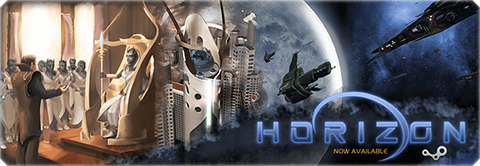
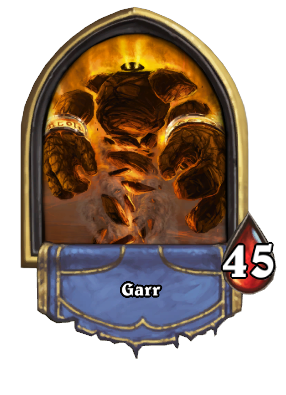
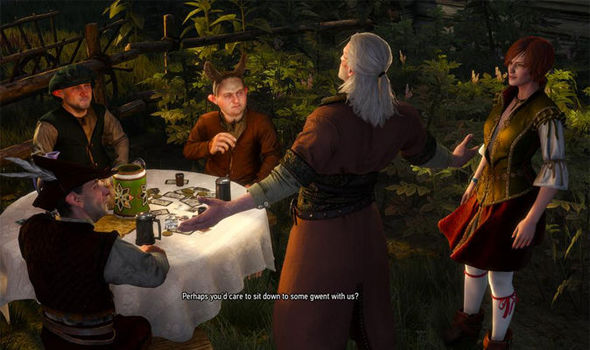
 MGS V: The Phantom Pain Pro Tip: Two Things To Do When Spotted By Enemies
MGS V: The Phantom Pain Pro Tip: Two Things To Do When Spotted By Enemies Mr. Philips Mission Guide In Grand Theft Auto V
Mr. Philips Mission Guide In Grand Theft Auto V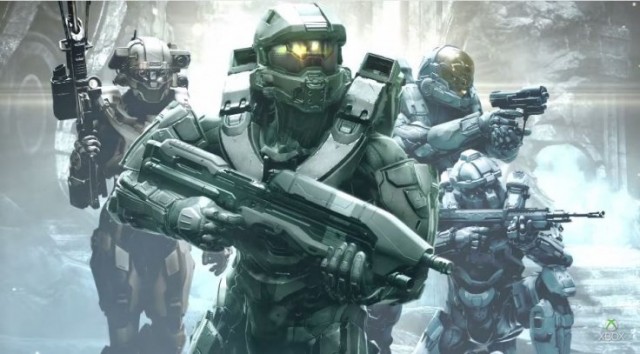 Mission 1 - Osiris: Halo 5 Guardians Guide
Mission 1 - Osiris: Halo 5 Guardians Guide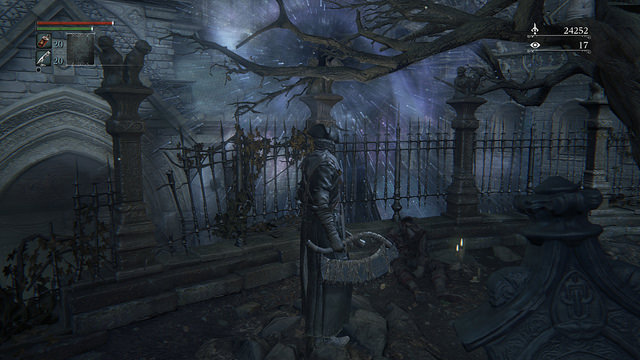 How to earn the Impurity Rune in Bloodborne: The Old Hunters DLC Guide
How to earn the Impurity Rune in Bloodborne: The Old Hunters DLC Guide Destiny Beta: Super Abilities Guide
Destiny Beta: Super Abilities Guide